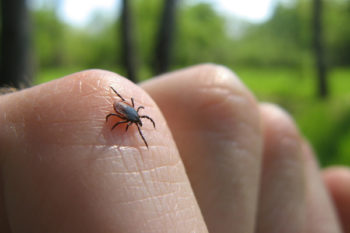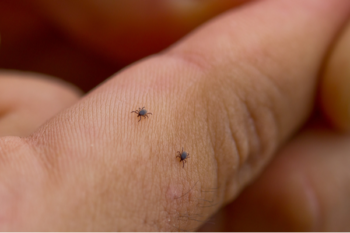Lyme Disease 10 Times More Prevalent than Previously Reported
The Centers for Disease Control and Prevention (CDC) rolled out new information regarding the prevalence of Lyme disease in the US. The report released by federal health executives states that Lyme diseases are over 10 times underreported and claim more than 300,000 victims each year, in contrast to reports which indicate only 200,000 to 300,000 cases anually.
CDC officials who were aware of the under-reporting of Lyme diseases by doctors, reached at the recent figures after collecting information from seven national libraries. An insurance information review was also done, apart from using statistics from a national patient survey before the CDC presented the new, modified figures.
The new figures released in Boston at the 2013 International Conference on Lyme Borreliosis and other Tick Borne diseases.
What you need to know about the Lyme disease
Lyme disease is caused by bacteria-infected ticks. The disease causing bacteria – Borrelia burgdorferi spread the infection after a tick bite. Lyme disease is particularly difficult to diagnose since its symptoms hold similarity with several other diseases.
Symptoms include fever, pain and or swelling at the joints or muscles, stiff neck, fatigue and headache. A red rash that continually expands may be present. In some people the rash may develop to look like bulls-eye or a target.
The usual treatment for Lyme disease includes administering a short course of antibiotics. This treatment is effective in most cases but may lead to serious complications of the heart, joints, skin and the nervous system when treated late or left untreated altogether. These complications may become apparent as early as six weeks, may even take a few years.
Prevention of Lyme disease
Though only Borrelia burgdorferi bacterium infected ticks cause Lyme diseases, it is crucial to promptly remove any tick you find, to stay clear of infections of the skin at the bite site or the possibility of Lyme disease.
Tick detection
Carefully check your skin and scalp for ticks whenever you return home after being outdoors in areas where ticks may thrive. Do the same for your pets. Ticks are usually found close to the eyes, ears, neck or the head of dogs and other pets and can be felt through their fur.
Tick removal
Tick removal is easy if you have fine tipped tweezers. Use gloves or cover your fingers using tissue paper to remove the tick in the absence of tweezers. It is important to never attempt tick removal with bare hands.
For potent removal follow the following guidelines:
– Hold the tick at its mouth, (stuck in your skin) or as close as possible
– Avoid grabbing it around the swollen stomach region.
– Accidental squeezing of the belly may result in the fluid coming in contact with your skin and infecting you.
– Pull the tick outwards and away from your skin gently. Twisting may break off the tick’s body leaving its head on your skin.
– Seal it off in a dry container and save it in a freezer since it may be required for identification, in case of an infection.
Lyme prevention
After removing the tick, wash the affected area with soap and lukewarm water. Wash your own hands and after drying them, apply an ointment such as Polysporin or bactitracin that is antibiotic in nature. Secure the wounded area with a bandage to prevent outer infections.
Some ticks are particularly small and hard to see. In such a case, if you are not sure whether or not the head has been removed from your or your pet’s skin, be on the lookout for any of the symptoms mentioned above.
Rush to a doctor or vet for prompt scrutiny if you detect the onset of any/all of these symptoms. Additionally, there are a lot of tick removing devices available in the market. Purchasing one is a good idea if you are prone to tick bites outdoors.



